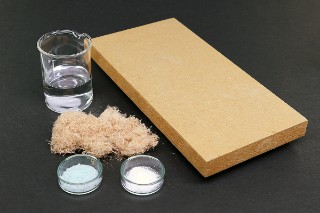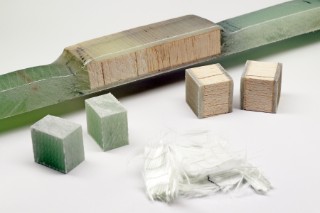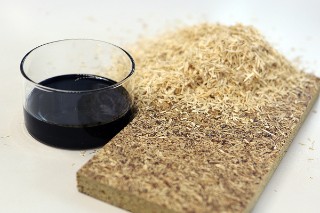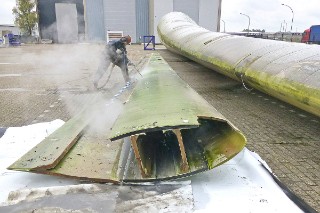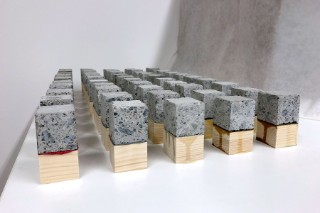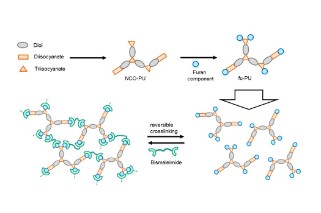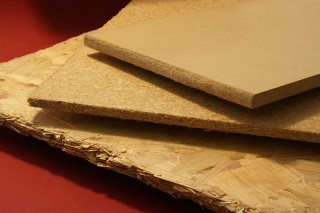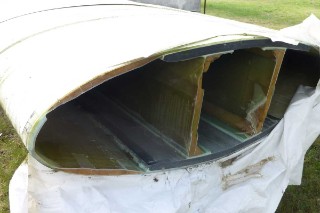Here is a small selection of our research projects.
Medium-density fiberboard (MDF) is widely used in furniture construction. It has a very homogeneous surface that can be coated particularly smoothly. Furthermore, it can be produced economically and sustainably from regionally available wood and recycled waste wood. As a result, it also plays a major role in the construction industry - for example as a substrate for floor coverings or wall panels. Through this research project, we are aiming to make MDF and similar fiberboards even more sustainable. In collaboration with industrial partners, we are developing a formaldehyde-free adhesive system with bio-based materials that are available on the market at low cost. The special highlight: The new adhesive system functions without conventional adhesives.
more info Fraunhofer Institute for Wood Research
Fraunhofer Institute for Wood Research 